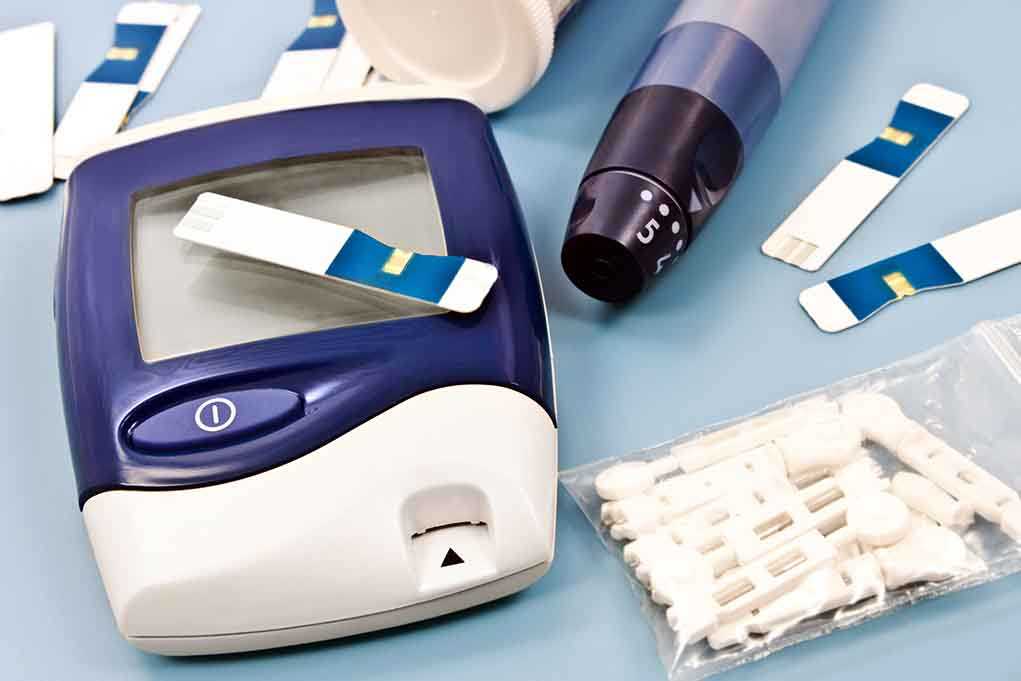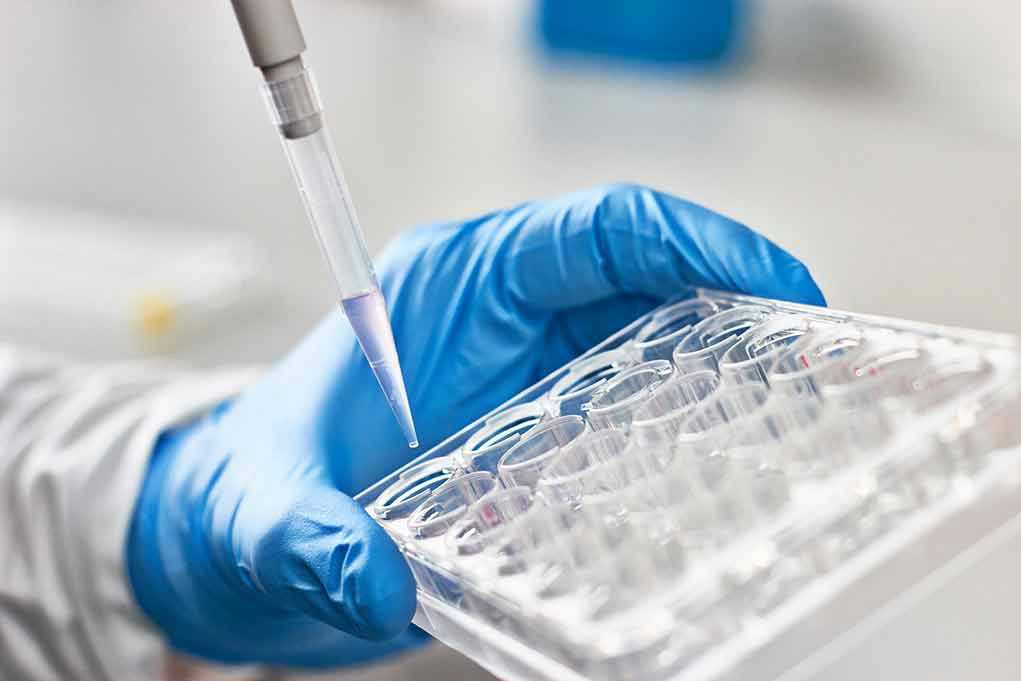
A groundbreaking eating approach is literally forcing Type 2 diabetes into retreat, challenging everything we thought we knew about this “permanent” condition.
Story Highlights
- Low-calorie dietary interventions achieve diabetes remission in clinical trials
- Early intervention proves more effective than reactive treatment approaches
- Community-based programs show measurable success in reversing disease progression
- Data-driven targeting identifies at-risk populations before symptoms develop
The Revolutionary Shift from Management to Reversal
Medical professionals spent decades teaching diabetics to “manage” their condition. Now research reveals we’ve been thinking about this all wrong. Type 2 diabetes isn’t the life sentence doctors once believed. Strategic dietary interventions demonstrate that this metabolic disorder can actually be reversed through carefully structured eating patterns that reset insulin sensitivity and pancreatic function.
The transformation happens faster than most people expect. Patients following specific low-calorie protocols witness dramatic blood sugar improvements within weeks, not years. This isn’t about counting carbs forever or taking medication indefinitely. It’s about understanding how targeted nutritional intervention can restore normal metabolic function when implemented correctly.
Why Traditional Approaches Keep Failing Patients
Conventional diabetes treatment focuses on symptom control rather than addressing root causes. Doctors prescribe medications to manage blood sugar spikes while patients continue eating patterns that perpetuate insulin resistance. This reactive approach traps millions in a cycle of progressive medication increases and worsening complications, missing the opportunity for actual reversal.
The breakthrough research identifies early intervention as the critical factor. Waiting until diabetes becomes “established” makes reversal significantly more challenging. Communities implementing preventive screening and immediate dietary intervention report substantially better outcomes than those relying on traditional management protocols after diagnosis.
The Science Behind Diabetes Remission
Researchers discovered that strategic caloric restriction triggers specific metabolic changes that restore pancreatic beta cell function. The liver begins releasing stored fat, reducing the organ inflammation that drives insulin resistance. Within 8-12 weeks, many patients achieve normal blood glucose levels without medication, meeting clinical definitions of diabetes remission.
The key lies in understanding that Type 2 diabetes often represents accumulated metabolic damage rather than genetic destiny. When patients create the right nutritional environment, their bodies can repair this damage. The pancreas hasn’t “worn out” permanently in most cases – it’s been overwhelmed by constant demands from poor dietary choices and excess body fat.
Real-World Implementation and Success Stories
Clinical programs across diverse communities demonstrate remarkable consistency in outcomes. Urban and rural populations alike achieve similar remission rates when following structured protocols. The approach works regardless of demographics, suggesting that metabolic restoration follows predictable biological pathways rather than cultural or economic factors.
Healthcare providers implementing these strategies report dramatic cost reductions alongside improved patient outcomes. Emergency room visits decline sharply as patients achieve stable blood sugar control. Long-term complications like neuropathy and kidney disease become preventable rather than inevitable, transforming the entire healthcare approach to diabetes management.
Sources:
Boreal Information Systems – What is Stakeholder Analysis
Product School – Stakeholder Analysis
Simply Stakeholders – Stakeholder Analysis Guide












